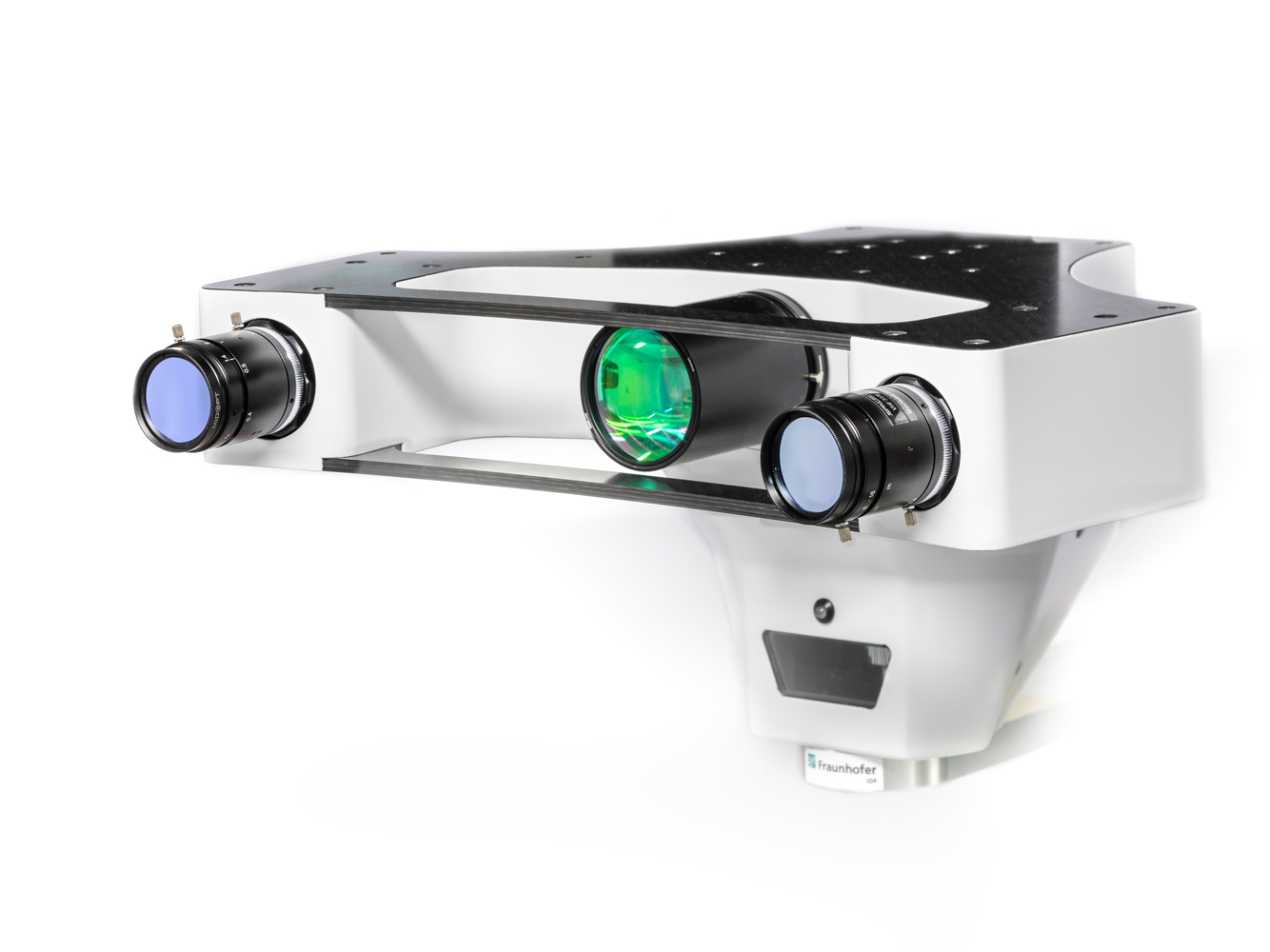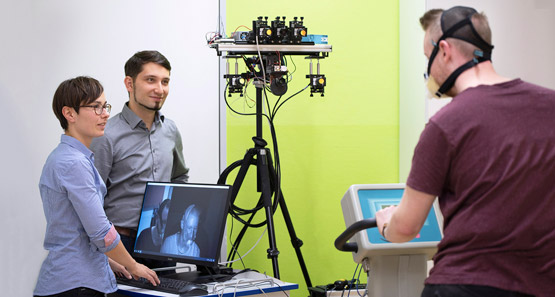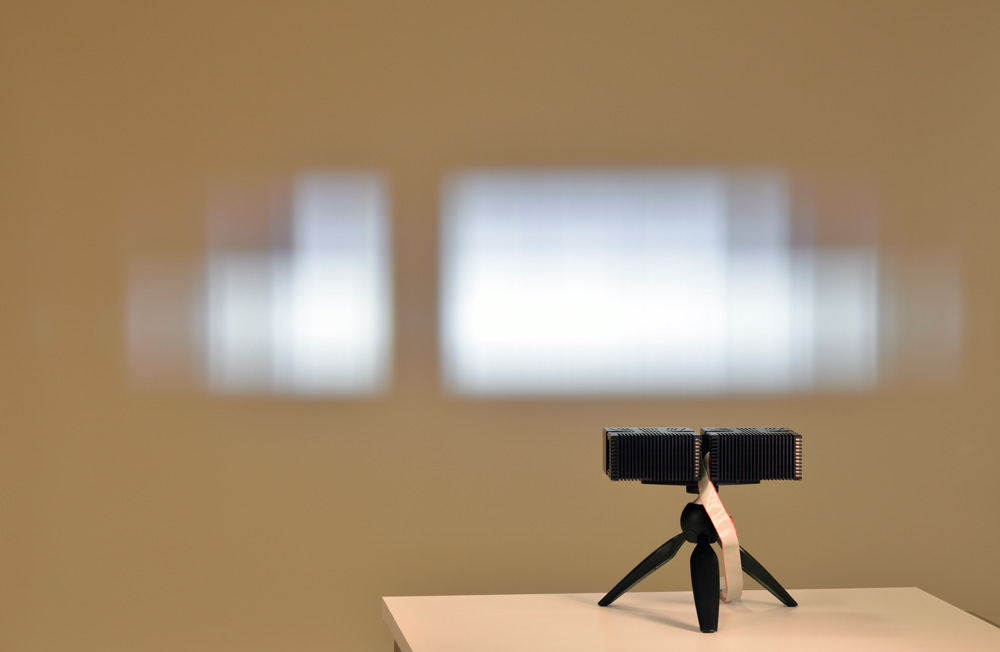CES 2020
CES 2020: Fraunhofer IOF presents new lighting technologies at Consumer Electronics Show in Las Vegas
At CES (Consumer Electronics Show), international manufacturers from the electronics industry present the latest products and show the trends of the future. Fraunhofer IOF from Jena is among the 100 exhibitors in 2020. In addition to 3D imaging processes for healthcare or security applications, the institute will be showcasing a new LED lighting technology for automotive headlamps.
Who would like to know, which Smartphone conquers the market soon or which technical gadgets one can look forward to next year, will find it at the CES in Las Vegas. The fair is considered to be trend-setting and the first indicator of what direction consumer electronics could develop in the future. But not only game consoles, TV variants or gadgets for technology enthusiasts will be presented here. New technologies for data storage and processing, imaging processes and the automotive sector are also attracting increasing interest from visitors.
In line with this, the Fraunhofer IOF from Jena will be presenting various optical highlights from January 7 – 10th, 2020.

3D imaging for industrial and healthcare applications
Imaging systems today go far beyond quality control and offer interesting possibilities for security applications or even in healthcare. At CES 2020, experts from the Friedrich Schiller University FSU and the Fraunhofer Institute for Applied Optics and Precision Engineering IOF will present a camera system designed for both applications. While it was developed for industrial applications as a robust 3D imaging system, it can also monitor vital parameters of newborns with additional multispectral cameras.
In the three-dimensional data acquisition of humans, special attention must be paid to eye safety. While in industrial inspection intense lighting can be tolerated, there are some applications where the illumination must be harmless or even invisible to the human eye. For such purposes, a new and completely eye-safe system has been developed. It applies illumination and image acquisition in a short wave infrared range (SWIR) that is harmless to the retina.

Contact-free measurement in health care applications
A new and promising field for optical measurements is the remote sensing of vital parameters such as pulse frequency, respiration or the oxygen level in blood. By supplementing the 3D imaging system with a normal RGB camera and a multi-spectral near infrared (NIR) camera, this procedure delivers a secure and reliable basis for deducting vital parameters from spectral data. Beginning in February 2020 the system will be tested in a hospital with newborn babies. There, the remote sensing of vital parameters could release the patients from painful adhesive sensors.

Microoptics for automotive headlamps
In addition to the new camera system, the prototype of a segmented high beam unit which minimizes light scatter will be presented at this year's CES 2020. The unit is based on a multi-aperture projector with around 200,000 micro-optical elements that focus the light optimally in the vehicle’s direction of travel. The segments can be deactivated as necessary, either individually or in groups. Combined with modern vehicle sensor technologies, this makes it possible to effectively prevent the high beam from blinding oncoming motorists.
The researchers at the Fraunhofer IOF have developed a new generation of vehicle light that not only exceeds legal and automotive-industry requirements for illumination performance and functionality, it is also more efficient, more compact and significantly more flexible than current systems as regards their location on the vehicle.
From January 7 – 10, 2020, the technologies will be presented at the Consumer Electronics Show (Hall 1) in Las Vegas. Our experts will be there looking forward to your visit!